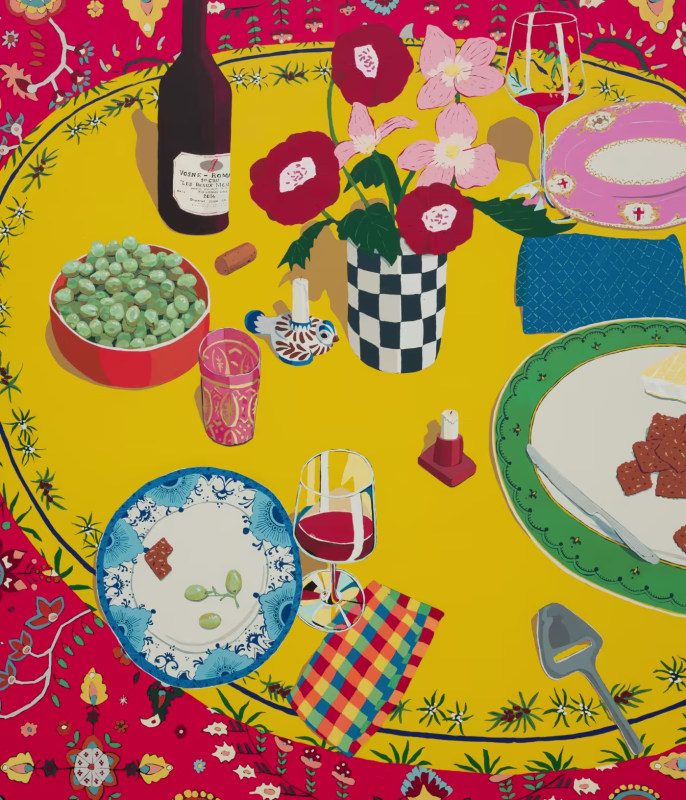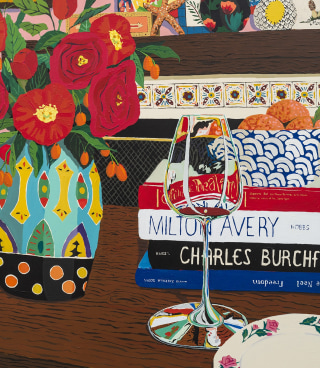Please use the sharing tools found via the share button at the top or side of articles. Copying articles to share with others is a breach of FT.com T&Cs and Copyright Policy. Email licensing@ft.com to buy additional rights. Subscribers may share up to 10 or 20 articles per month using the gift article service. More information can be found here.
In the Flemish city of Antwerp in 1564, a young painter called Joachim Beuckelaer sat down to work on an abundant market scene: baskets piled high with glossy crimson plums, huge mounds of pale, veined cabbages, heaped platters of grapes and tranches of spindly carrots, dimpled cucumbers and dainty sweet peas. The celebration of both nauseating excess and rich beauty was a response to the newfound bounty of the market stall in the Netherlands in the 16th century. Dutch still lives created a new genre of food painting that bloomed throughout the era, and continued to make an impact through the centuries that followed – in Cézanne’s sensuous apples, Morandi’s bowls of fruit, and Andy Warhol’s banana Polaroids. “It’s an eminently human subject,” says former editor of Apollo art magazine Thomas Marks, who’s researching the relationship between art and food. “We all have to eat.”
Hilary Pecis: Food, fetishism and fine art in the age of Instagram
Baya Simons, Financial Times, 25 September 2023

